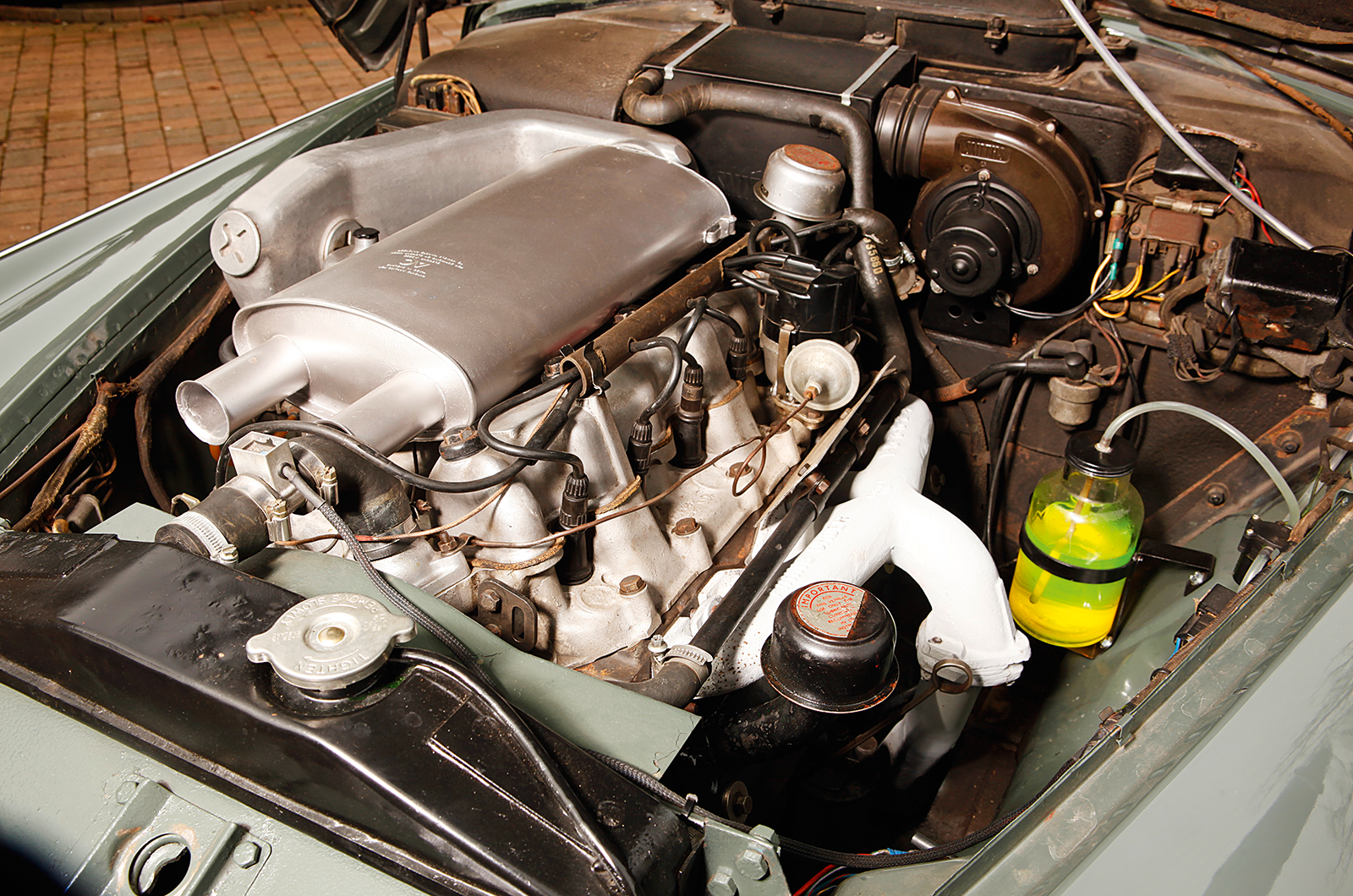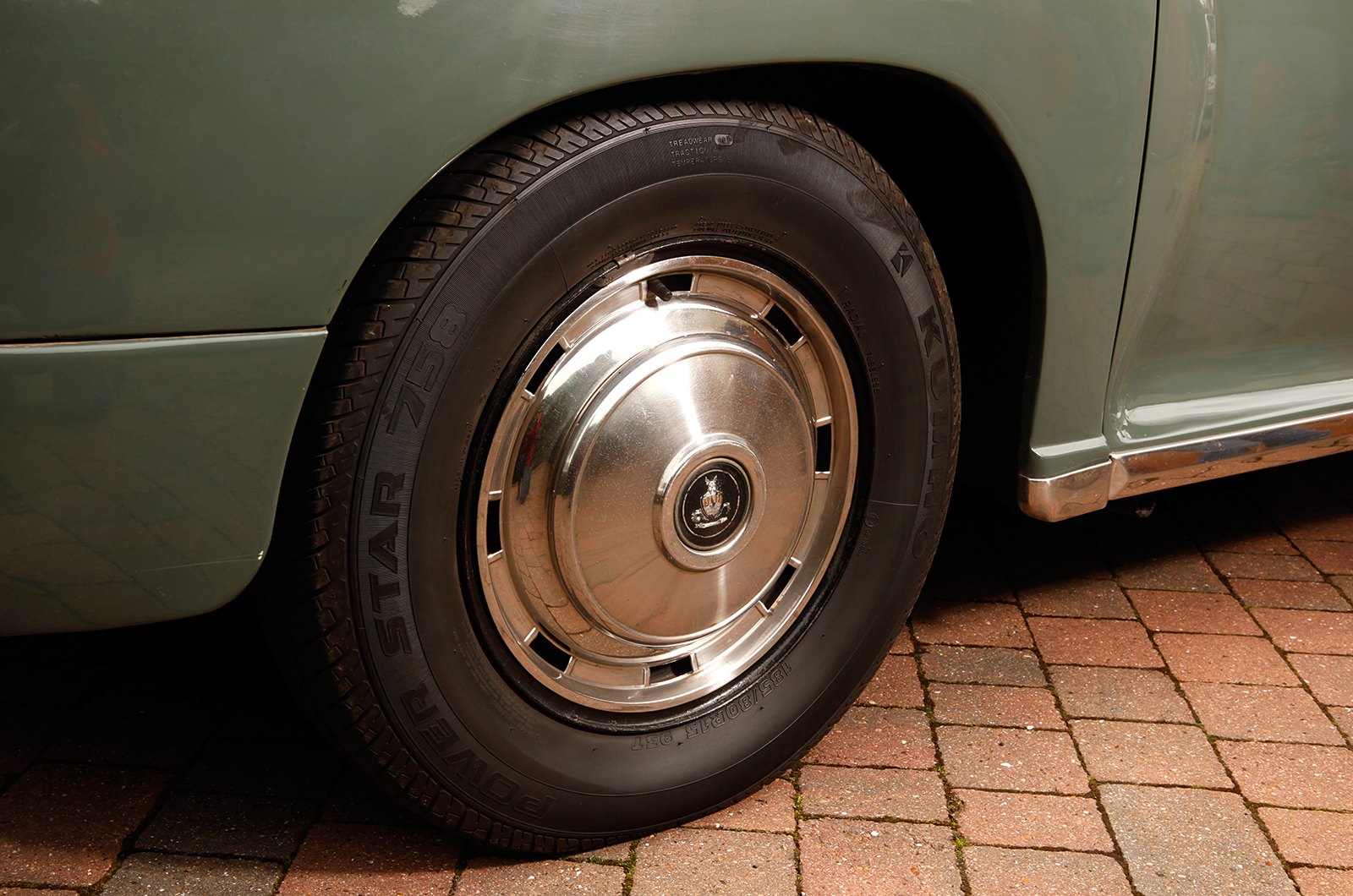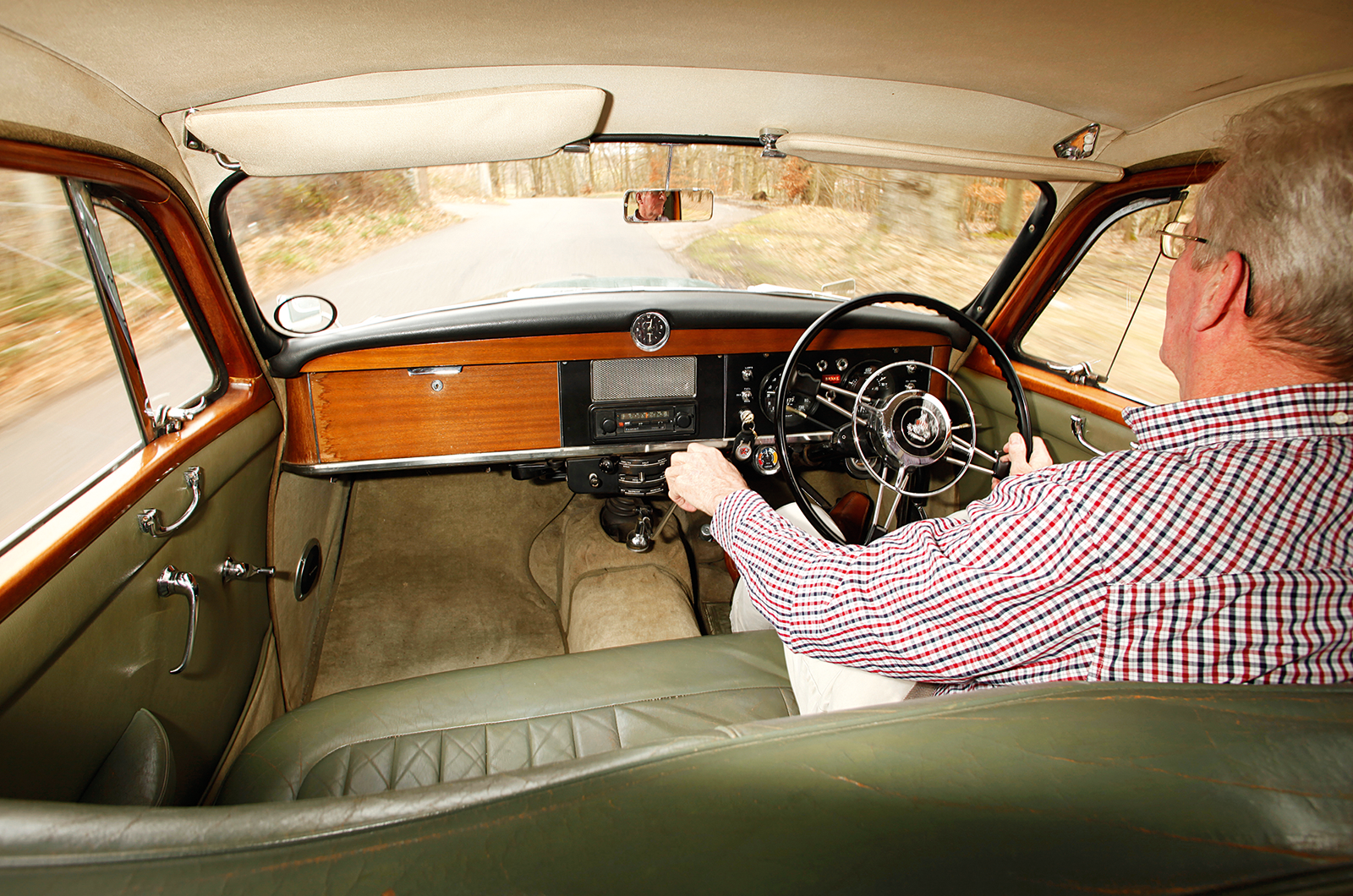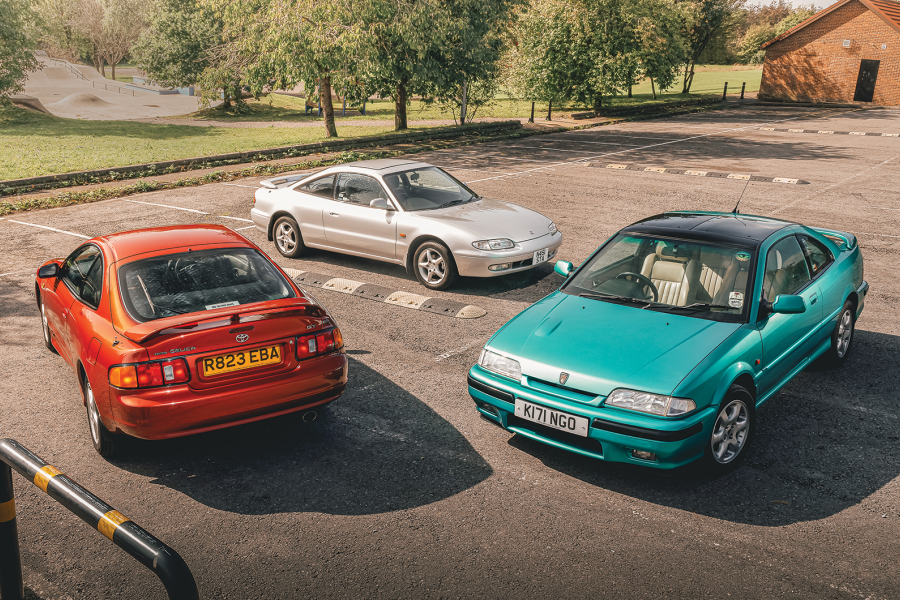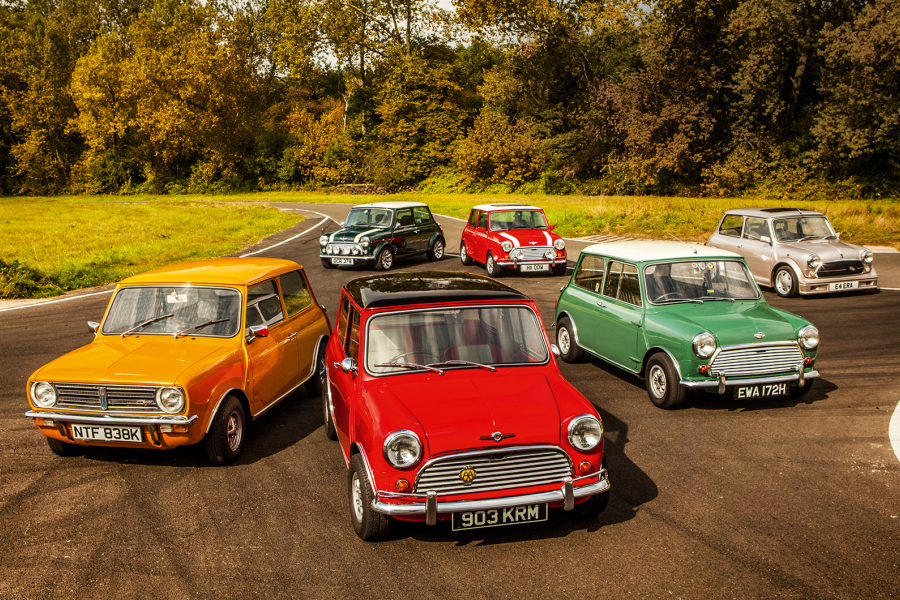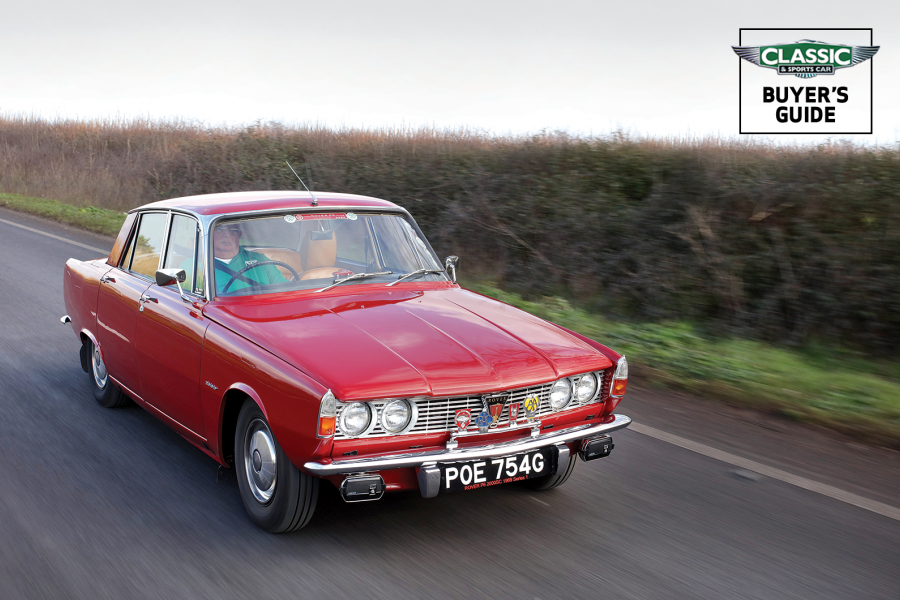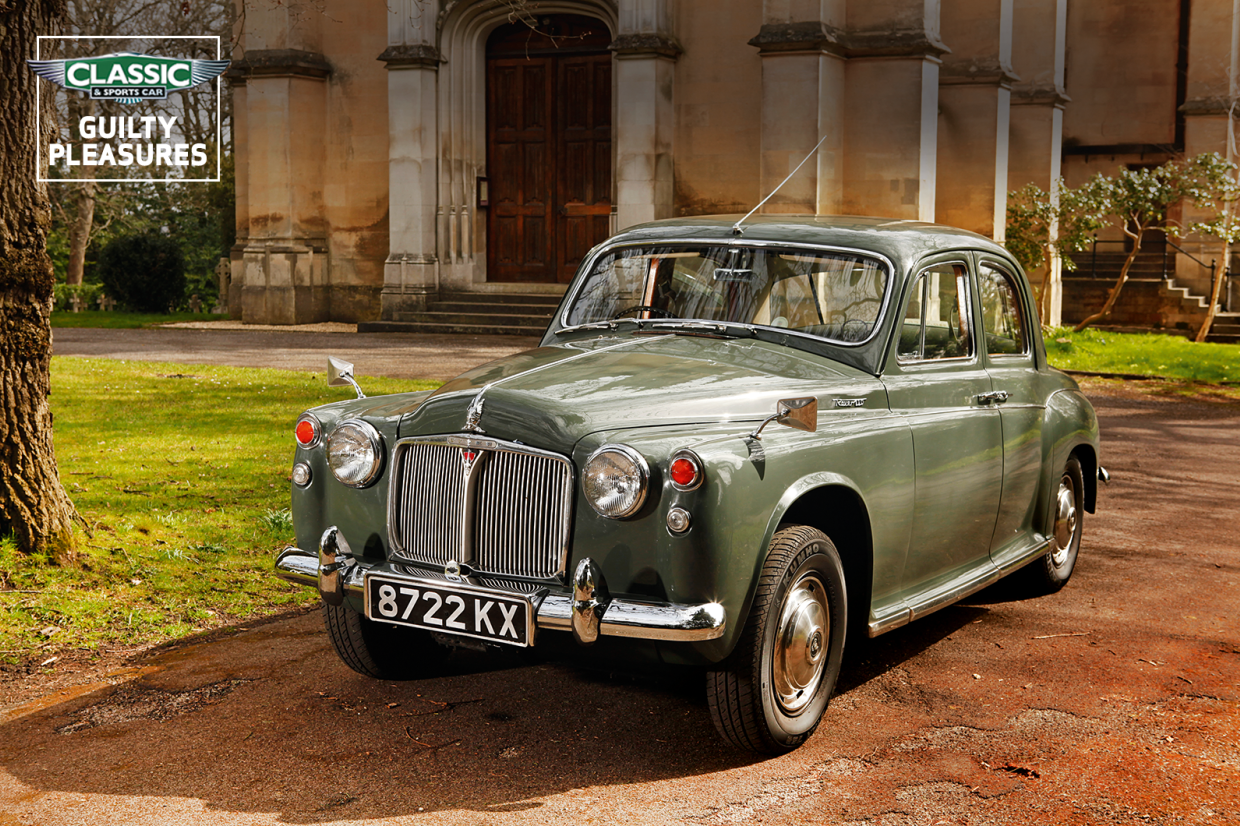
There is no real reason to feel guilty about having a fondness for ‘aunty’ Rovers. They were nothing more than that rare thing – an all-round ‘good car’. No gimmicks, no small print.
Faithful, refined and fast enough for the job in hand, P4s embody what we used to think of as peculiarly British values of dignity and endurance.
These were ‘traditional’, quality saloons of a type that was rapidly disappearing as the ’50s progressed, reassuring vehicles in a fast-changing world where locally built big cars were becoming increasingly Americanised: rest assured that P4 man would not have been seen dead or alive in a Vauxhall Cresta or a Ford Zodiac.
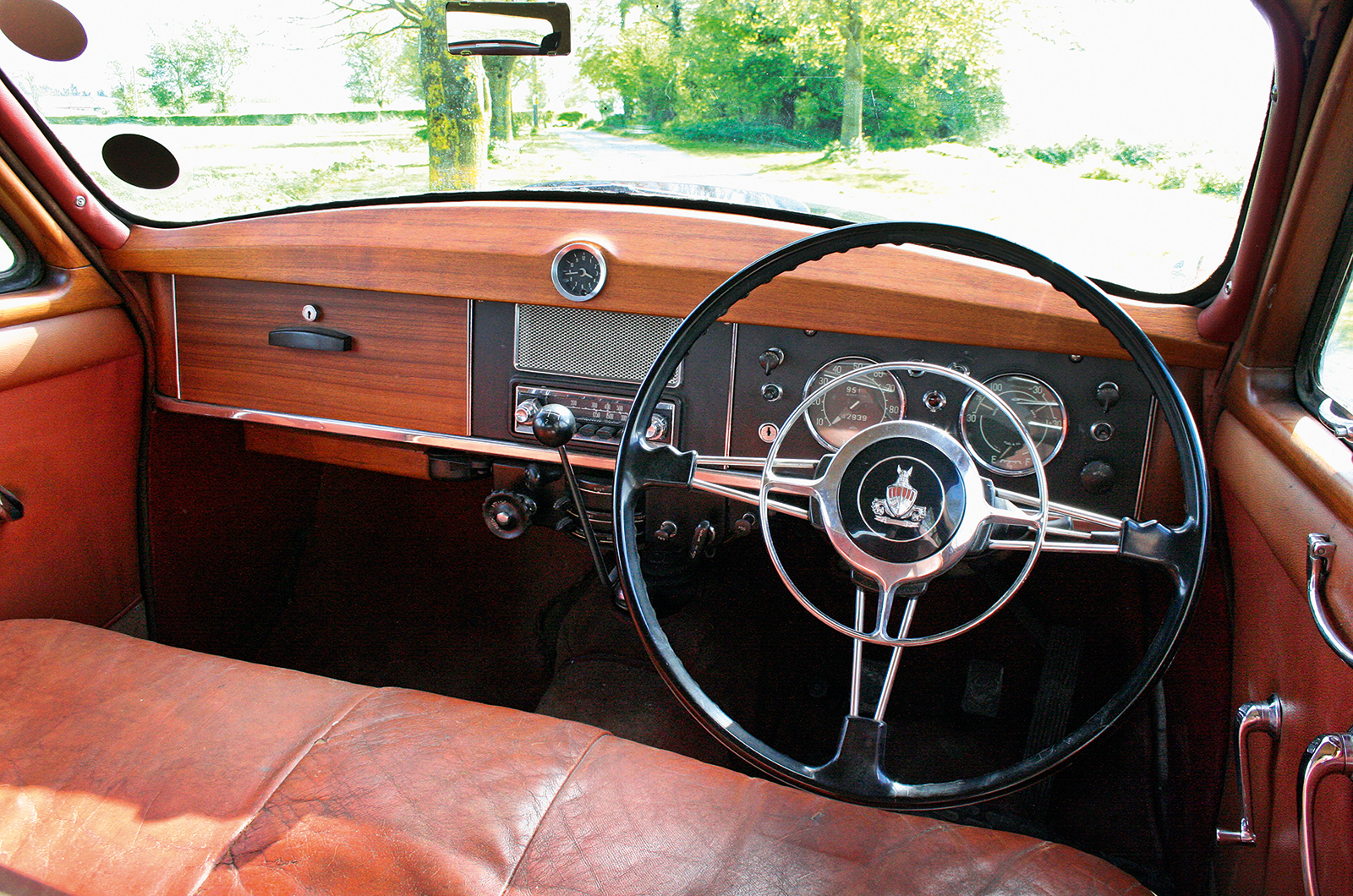
In many ways, the P4s, with their lavish use of leather and wood, and pre-war-style rear-hinged rear doors, were already cars from another age.
By outlasting – or undercutting – the likes of Armstrong Siddeley, Daimler and Alvis, these cars almost had the market for well-appointed bank manager-type saloons to themselves by the end of the ’50s, with loyal customers buying 75s, 90s, 105s and 100s year after year, simply because so few other cars would do big miles with so little complaint.

